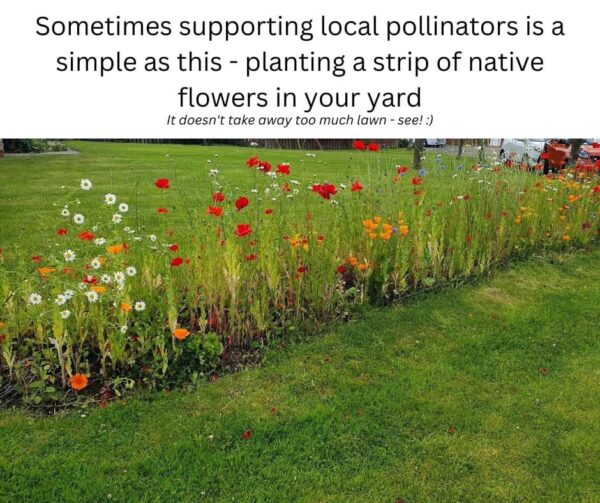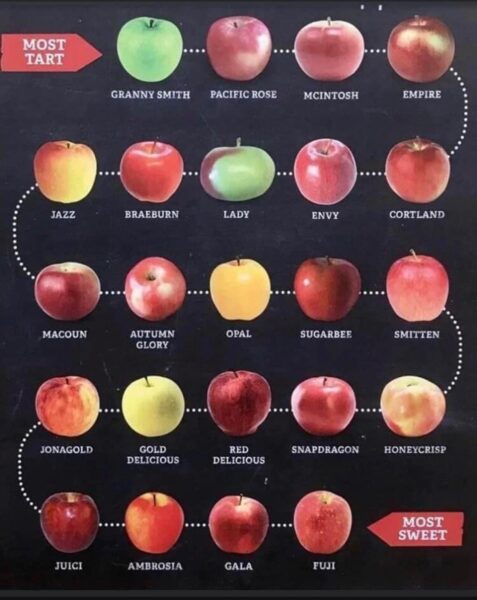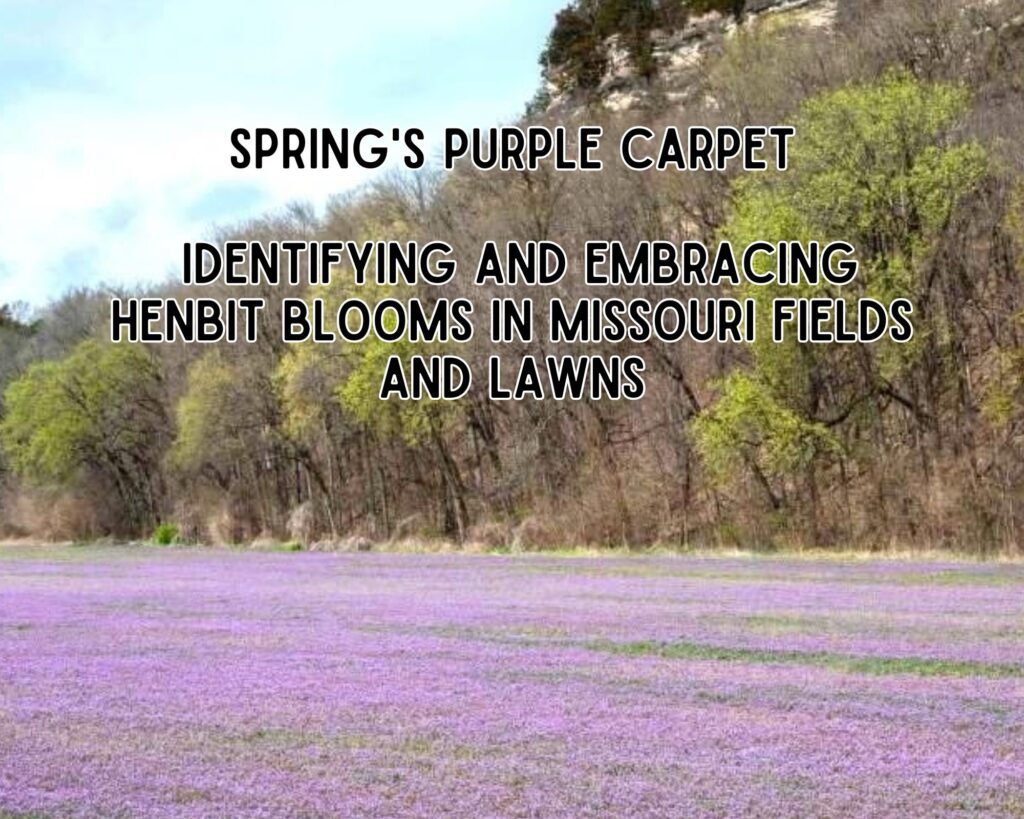
Henbit Blooms in Missouri: A Guide to Spring’s Purple Carpet
As winter’s chill loosens its grip on the landscape, Missouri begins to awaken to the vibrant hues of spring. Among the first signs of this seasonal shift are the masses of pinkish/purplish blooms carpeting fields, lawns, and open areas. This colorful herald of warmer days is often none other than henbit (Lamium amplexicaule), a common yet enchanting early spring wildflower. This guide will take you through the ins and outs of identifying, appreciating, and managing henbit, ensuring you’re well-equipped to enjoy Missouri’s springtime splendor to the fullest.
Identifying Henbit
Henbit, with its distinctive pinkish/purplish flowers, is a sight to behold in the early spring. This low-growing plant is easily recognizable by its square stems and rounded, heart-shaped leaves that clasp directly to the stem, giving it a unique appearance among the springtime greenery. Henbit blooms are not just a visual treat; they play a crucial ecological role, providing an early source of nectar for pollinators emerging from winter dormancy.
Native to Europe, Asia, and Northern Africa, henbit has found a welcoming home in Missouri’s diverse habitats. Its ability to thrive in a variety of conditions, from cultivated fields to urban lawns, makes it a ubiquitous presence across the state. While some may regard it as a mere weed, henbit’s early bloom period and the food source it provides for bees and butterflies underscore its importance in the spring ecosystem.
As we delve deeper into the world of henbit and its place in Missouri’s spring landscape, remember that this humble plant is more than just a weed. It’s a vital part of the seasonal cycle, marking the transition from winter’s slumber to the vibrant life of spring. Stay tuned as we explore how to distinguish henbit from similar species, manage its growth in your garden or lawn, and even embrace it as a part of your outdoor space.
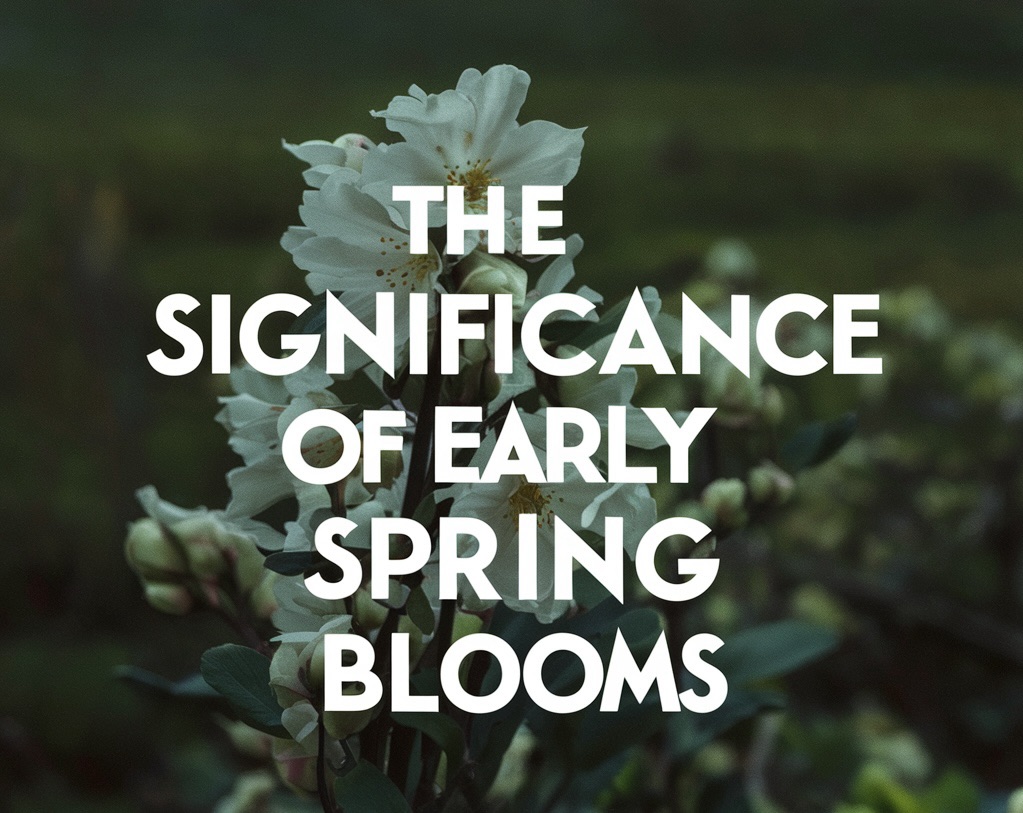
The Significance of Early Spring Blooms
As Missouri transitions from the cold embrace of winter to the warm welcome of spring, early bloomers like henbit don’t just add a splash of color to the landscape; they play a crucial role in the ecosystem. These initial bursts of life are more than a visual treat—they’re a lifeline for pollinators emerging from winter’s dormancy. Bees, butterflies, and other beneficial insects depend on these early sources of nectar and pollen to kickstart their season of activity. Henbit, with its inviting pinkish-purple flowers, becomes a crucial food source, ensuring the continuation of pollination processes vital to our ecosystem.
Understanding the Timing of Blooms
For gardeners and farmers, the appearance of henbit and other early spring flowers is a natural indicator of changing seasons. These blooms signal that warmer weather is on the horizon, guiding the timing of planting and the preparation of gardens. This period is critical for planning, especially for those cultivating frost-sensitive plants. Knowledge of frost-free gardening and understanding last frost dates become invaluable tools in protecting tender plants from late cold snaps.
Henbit’s Role in Biodiversity and Gardening
Henbit’s proliferation across Missouri’s fields and lawns enriches the biodiversity of the area, offering early sustenance to a variety of pollinators. This natural occurrence is a reminder of the interconnectedness of our ecosystem, where even the smallest bloom plays a significant role in the cycle of life. For those of us tending to gardens or managing landscapes, observing and understanding these natural cues allows for a more harmonious and sustainable interaction with the environment around us.
As we delve deeper into the spring season, let’s not overlook the importance of henbit and similar early bloomers. Their presence not only beautifies our surroundings but also signals the renewal of life and the intricate ballet of nature’s cycles.
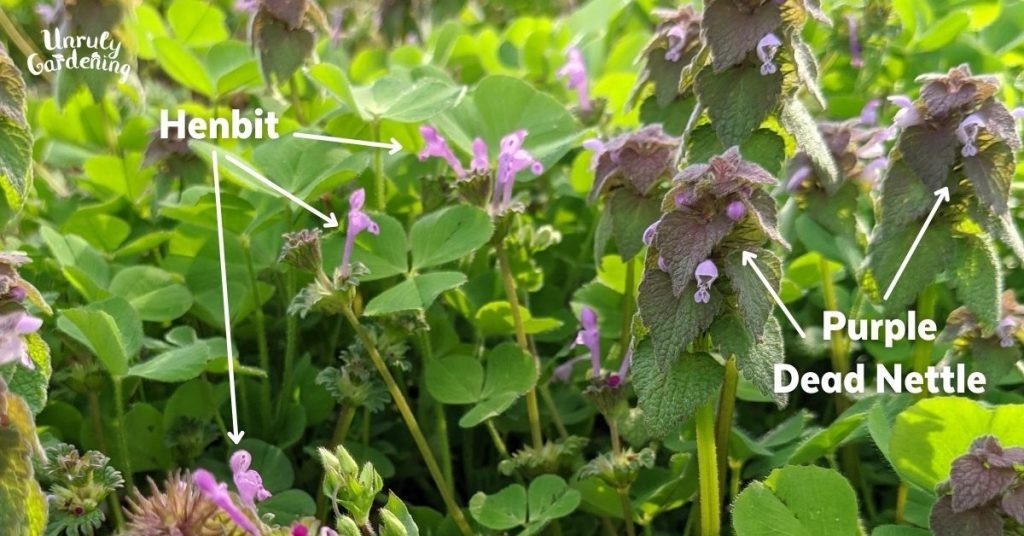
Henbit vs. Similar Species: A Guide to Accurate Identification
In the tapestry of spring blooms, henbit often shares the stage with other look-alikes, making accurate identification a must for enthusiasts and gardeners alike. One common doppelgänger is Purple Deadnettle (Lamium purpureum), another early spring bloomer with a similar color palette. While these two plants are cousins in the mint family, distinguishing between them is key to understanding their individual roles in your garden and the ecosystem.
Key Differences Between Henbit and Purple Deadnettle
- Leaf Shape: Henbit’s leaves are rounded with a heart-shaped base, clasping directly around the stem. In contrast, Purple Deadnettle’s leaves are more triangular and have a petiole, or a short stalk, attaching them to the stem.
- Flower Position: Henbit flowers emerge from the upper leaf axils, creating a more spread-out appearance. Purple Deadnettle’s flowers, however, are more concentrated at the top of the plant, giving it a top-heavy look.
- Habitat: While both plants are adaptable, henbit is more likely to be found in undisturbed soil, such as fields and meadows. Purple Deadnettle prefers disturbed sites, often cropping up in gardens and along edges.
Why Identification Matters
Understanding the subtle differences between henbit and its relatives is not just an academic exercise; it has practical implications for garden and landscape management. Each plant plays a unique role in the ecosystem, attracting different pollinators and serving various functions in soil health and garden aesthetics. By accurately identifying these early bloomers, gardeners can make informed decisions about which plants to encourage and which to manage.
For those looking to dive deeper into the world of gardening and plant identification, resources like Arborist Alert: Remove This Hidden Danger From Your Trees Before Spring offer valuable insights into maintaining the health and beauty of your garden. Understanding the ecosystem of your garden, including the roles of various plants and how to care for them, ensures a vibrant and thriving outdoor space.
As we appreciate the beauty and utility of henbit and its look-alikes, let’s remember the importance of these early spring bloomers in our gardens and ecosystems. Their presence not only signals the arrival of spring but also supports the intricate web of life that flourishes in our backyards.
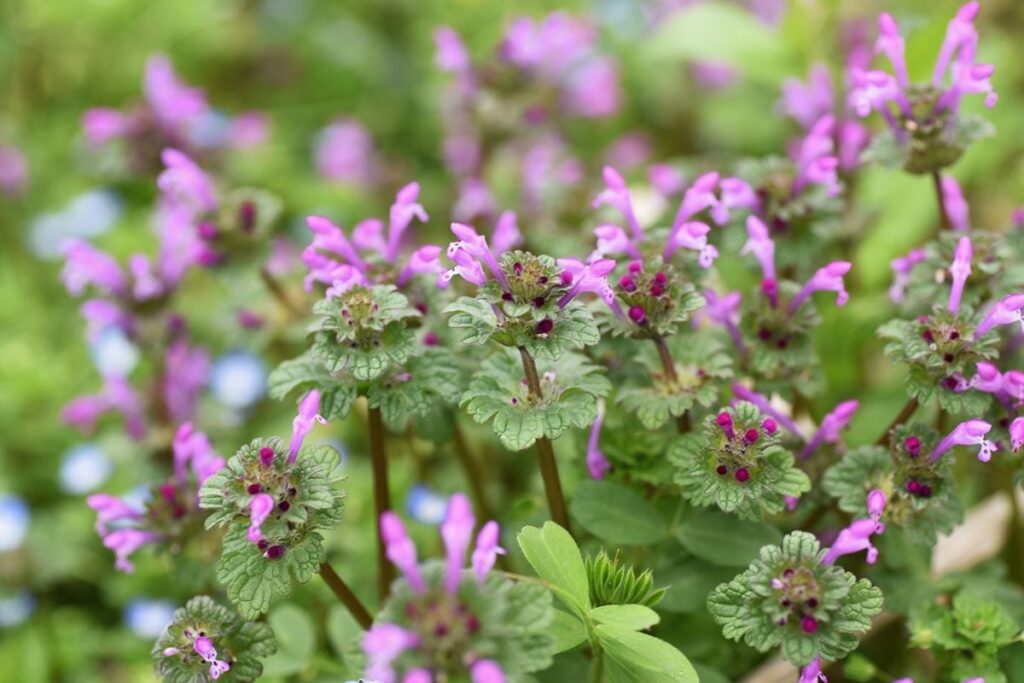
Managing Henbit in Your Garden and Lawn
While henbit can be a welcome splash of color in early spring, not everyone appreciates its enthusiastic spread across lawns and garden beds. If you’re aiming for a more manicured look or simply want to keep your garden beds focused on specific plants, managing henbit effectively becomes essential. Here’s how to keep this vibrant wildflower in check without disrupting the natural balance of your outdoor space.
Natural Control Methods
- Mulching: Applying a thick layer of mulch in garden beds can suppress henbit by blocking light, preventing its seeds from germinating. This method is both eco-friendly and beneficial for soil health.
- Manual Removal: For small areas, pulling henbit by hand can be effective, especially if done early in the season before it sets seed. Henbit’s shallow root system makes it relatively easy to remove.
- Mowing: If henbit has invaded your lawn, regular mowing before it flowers can prevent it from seeding and spreading further. This method controls its growth without harming the grass.
Balancing Aesthetics and Ecology
While managing henbit, it’s important to consider the ecological benefits it offers, such as providing early-season nectar for pollinators. Instead of aiming for its complete eradication, consider balancing your garden’s aesthetics with the plant’s ecological role. Allowing henbit to grow in certain areas, like the edges of your property or in a designated wildflower patch, can support local wildlife while keeping your main garden beds and lawn henbit-free.
Enhancing Your Garden’s Ecosystem
For those interested in not just controlling henbit but also enhancing their garden’s overall health and beauty, exploring additional gardening strategies can be rewarding. Maximizing Space: A 25×50 ft Victory Garden Plan for Families provides insights into efficient garden planning and plant selection for a vibrant, productive outdoor space. Incorporating a variety of plants, including native wildflowers and ground covers, can create a more diverse and resilient garden ecosystem.
Managing henbit effectively allows you to enjoy its benefits while maintaining the aesthetic and ecological balance of your garden and lawn. By employing thoughtful strategies and considering the broader ecosystem, you can create an outdoor space that thrives in harmony with nature’s cycles.
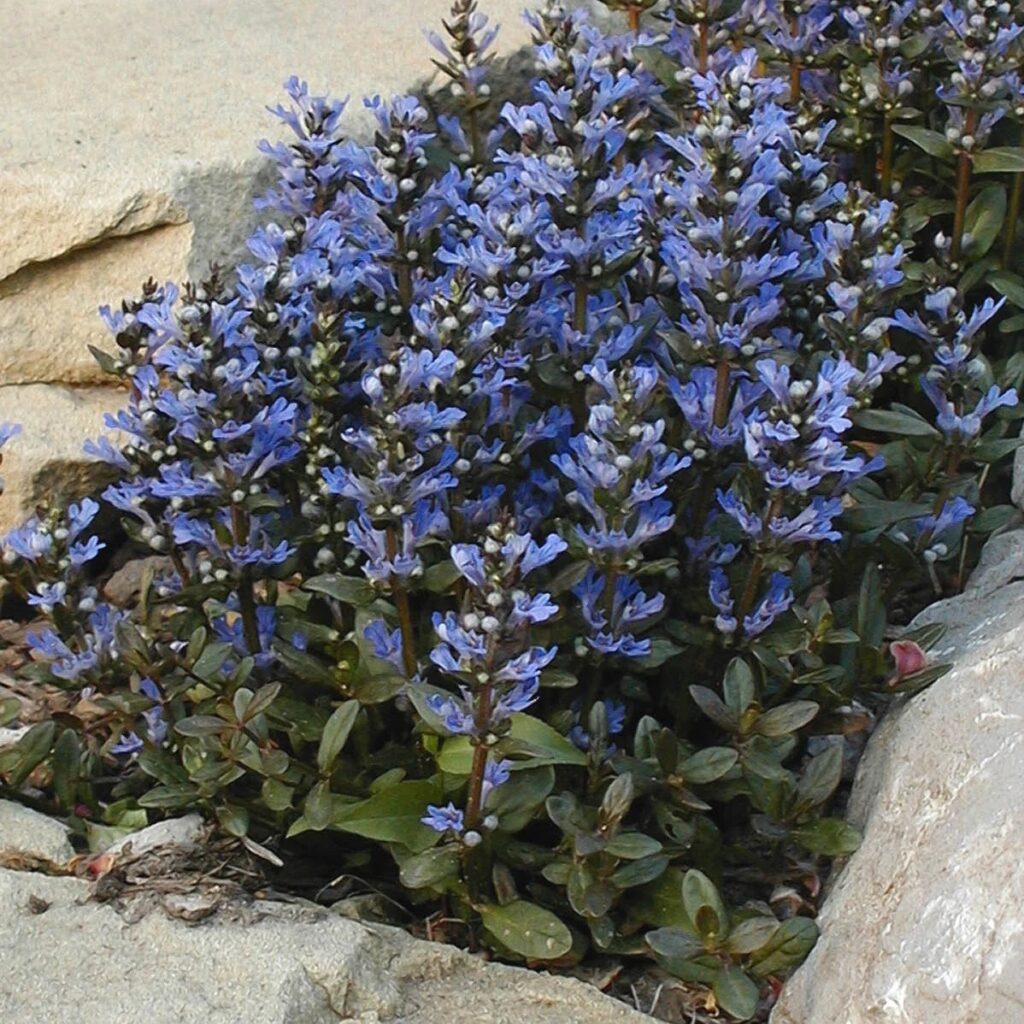
Embracing Henbit and Other Ground Covers for a Vibrant Garden
For those who appreciate the wild beauty of early spring and the ecological benefits it brings, embracing henbit and other ground covers can transform your garden into a vibrant, low-maintenance sanctuary. These plants not only add color and texture to your landscape but also support a healthy ecosystem right in your backyard.
The Benefits of Ground Covers
Ground covers, including henbit, offer several advantages for both the garden and the environment:
- Erosion Control: They help prevent soil erosion by stabilizing the ground with their roots.
- Weed Suppression: A dense mat of ground covers can outcompete weeds, reducing the need for chemical herbicides.
- Pollinator Support: Many ground covers, like henbit, provide early nectar and pollen for bees, butterflies, and other pollinators.
- Low Maintenance: Once established, ground covers require minimal care, making them ideal for busy gardeners or those seeking a more naturalistic garden design.
Incorporating Henbit and Other Ground Covers
While henbit naturally finds its way into many gardens, intentionally incorporating it and other ground covers can enhance your garden’s aesthetics and biodiversity. Consider creating a dedicated area for wildflowers and ground covers, where henbit can coexist with other native plants, offering a succession of blooms throughout the growing season.
For gardeners looking to diversify their ground cover options, exploring plants like Chocolate Chip Ajuga can add unique textures and colors to your garden palette. Additionally, browsing through a selection of ground covering plants can inspire you to create a tapestry of foliage and flowers that thrives with minimal intervention.
Companion Planting with Henbit
Companion planting with henbit can also contribute to a balanced and beautiful garden. Consider pairing it with other early bloomers or plants that offer contrasting foliage and flower colors. This approach not only maximizes the visual impact of your garden but also supports a diverse array of pollinators.
For those interested in adding texture and softness to their garden, incorporating Helene von Stein Lamb’s Ears can provide a striking foliage contrast against the delicate blooms of henbit. Similarly, the vibrant colors of Strawberry Candy Daylily can complement the purple hues of henbit, creating a dynamic and engaging garden scene.
By embracing henbit and other ground covers, you can enjoy a garden that’s not only beautiful but also beneficial for the environment. These plants offer a low-maintenance, sustainable approach to gardening that supports the natural ecosystem and provides a haven for wildlife.
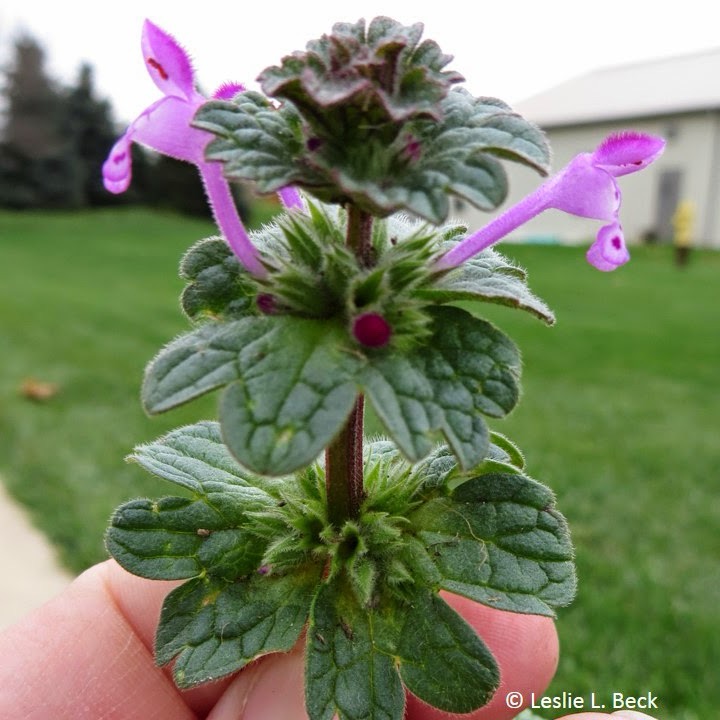
Celebrating the Unseen Beauty of Henbit
As the spring sun warms the soil of Missouri, the emergence of henbit across fields, lawns, and gardens marks a time of renewal and growth. This humble plant, often overlooked or dismissed as a mere weed, holds a beauty and ecological significance that deserves recognition. By understanding henbit’s role in the ecosystem, managing its presence thoughtfully, and even embracing it within our gardens, we can appreciate the broader narrative of nature’s cycles and the interconnectedness of all living things.
Henbit, with its vibrant purple blooms, not only adds a splash of color to the early spring landscape but also provides essential support to emerging pollinators. Its presence is a reminder of the resilience of nature and the importance of every plant within the ecosystem, no matter how small or seemingly insignificant.
For gardeners and nature enthusiasts alike, the challenge and joy lie in finding a balance—between cultivation and wildness, between aesthetic desires and ecological health. Henbit, along with other ground covers and early bloomers, offers an opportunity to create gardens that are not only beautiful and low-maintenance but also supportive of the local wildlife and beneficial insects that play a crucial role in our environment.
As we move forward into the growing season, let’s carry with us a renewed appreciation for the small wonders underfoot, the plants like henbit that thrive in the margins and make our world a richer, more vibrant place. Whether we choose to manage, embrace, or simply observe these early spring heralds, we are participating in the timeless dance of life that unfolds in our backyards and beyond. Henbit’s purple carpet is but one thread in the tapestry of spring, inviting us to look closer, dig deeper, and celebrate the unseen beauty all around us.
As an Amazon Associate we earn from qualifying purchases through some links in our articles.

